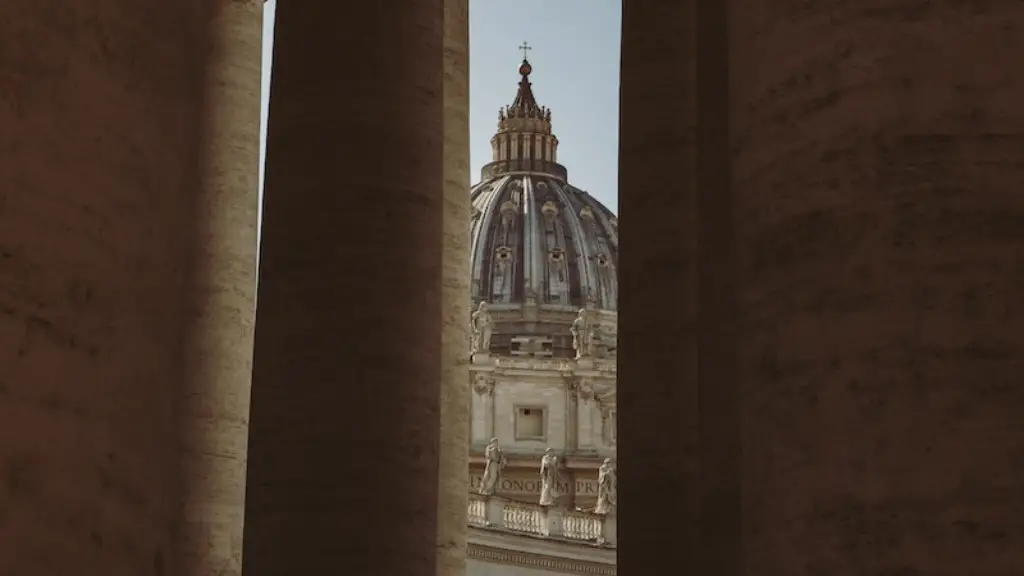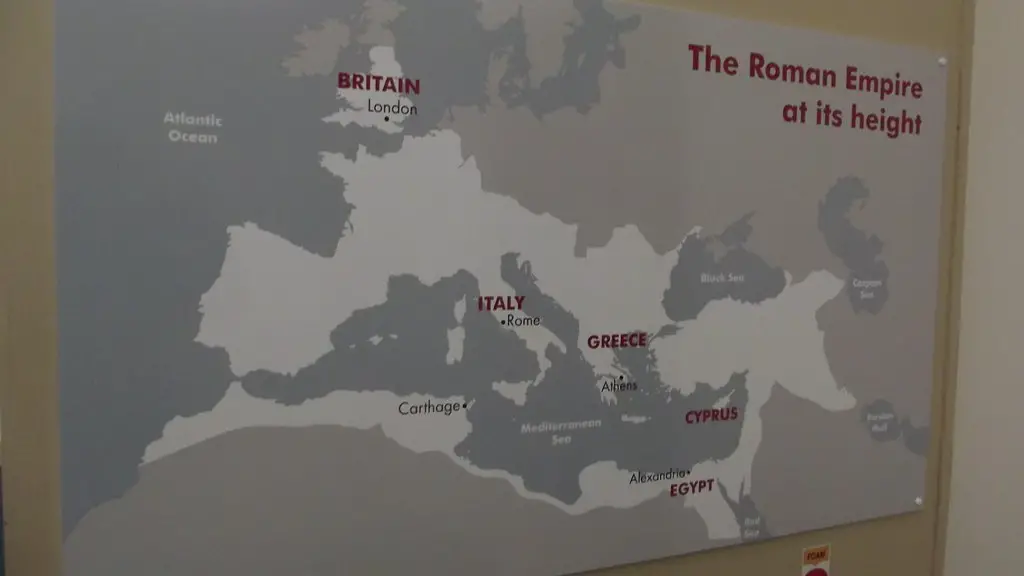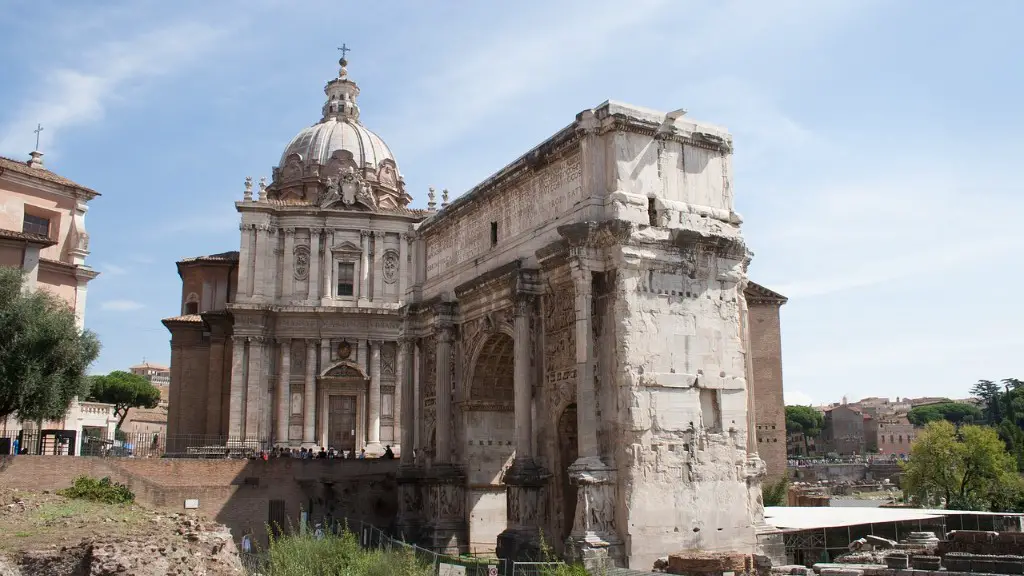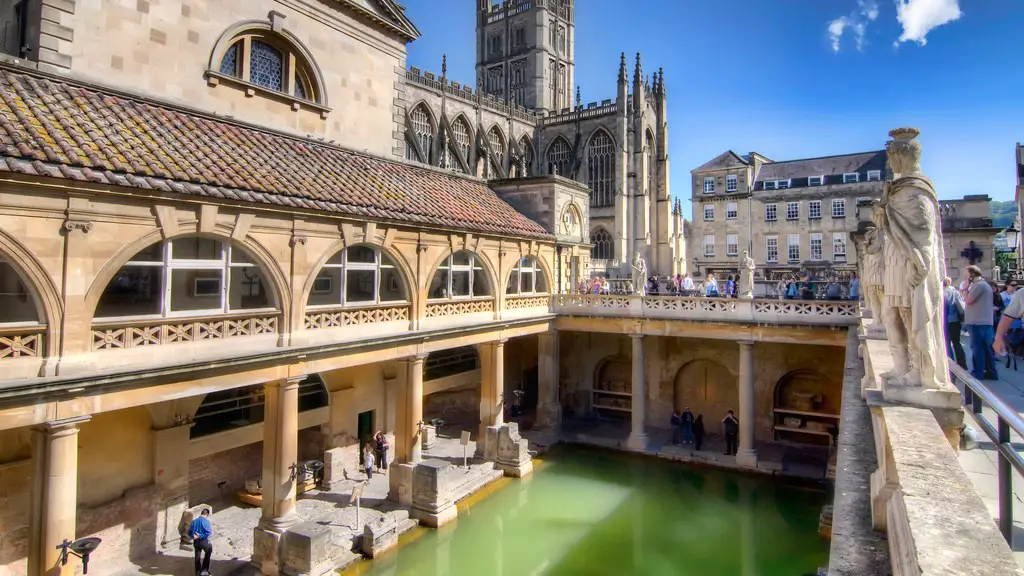Latin is the language of ancient Rome, and it has had a long-lasting effect on modern language. It is the foundation of many European languages and is studied by millions of people around the world. The language has such a long history and many fundamental changes that it’s truly remarkable. Latin was the language of the Romans, and it remained so for many centuries, but the changes that happened within it reflect a turbulent and ever-changing world.
Latin developed out of the languages of Italy before it was brought to the Roman Empire and then exported to many countries in Europe. Latin borrowed from and added to these native languages to create a unique language for the Roman world. In time, it became the lingua franca of a vast empire that extended from the Atlantic Ocean to the Black Sea and beyond. As the Romans conquered more and more lands, their language spread and changed, eventually resulting in the many Romance languages that are still spoken today.
The standard form of Latin was called “Classical Latin.” It was used in writing and spoken by educated Romans. This language was highly influential in terms of its grammar, vocabulary, and syntax. Its grammar was incredibly precise and sophisticated, while its vocabulary was vast and included many new words created by the Romans. The syntax was both expressive and efficient, which meant it was perfectly suited to written works.
In addition to the standard Classical Latin, there were also several dialects of the language spoken by different regions. These dialects evolved over time, often influenced by the native languages of the people who lived in the region. These dialects eventually became the languages that are still spoken in Europe today, such as French, Spanish, Italian, and Portuguese.
Latin has had a tremendous impact on the world today. It is still used in some scientific and medical fields and has had an influence on English, which is now the world’s lingua franca. It is also used by the Catholic Church and many other religious institutions, and it is studied by millions of people around the world.
Latin has a fascinating history and is still an important language today. Its influence is felt all over the world, and its long-term impact is undeniable. Not only did it found the Romance languages, but it is still used in scientific and religious circles, and it has even had an influence on the English language.
Origins of the Latin Language
The origins of the language of ancient Rome, known as Latin, can be traced back to the 8th and 7th centuries BC, when it was first spoken in the small village of Roma, which was located in what is now the region of Lazio in Italy. It was a local language, known as ‘Vulgar Latin,’ but as the city of Roma rose to power it became the official language of the Roman Empire. Latin was used by the ruling elite and by the common people, and it was the language of trade and diplomacy throughout the entire Mediterranean region.
In the centuries that followed, Latin continued to develop and evolve, taking on features from the languages of other peoples, such as the Celts, Greeks, and Germanic tribes. Regional dialects emerged, and it eventually became the basis for the many Romance languages still spoken today. Latin was eventually standardized, which became known as ‘Classical Latin’, which was used in literature and spoken by educated Romans.
Latin in the Modern World
In the modern world, Latin remains an important language. It is still the language of the Catholic Church, the language of the sciences, and the language of international law. It is also studied by students of all ages, and there are numerous Latin clubs and organizations around the world. Latin has also had a strong influence on the English language, including many words that have been adopted and altered to suit English pronunciation and spelling.
Latin is a vivid reminder of the power of the Roman Empire and its lasting legacy. It is a language of power and grandeur, and its vocabulary and syntax are still studied and revered by language enthusiasts today. Although it is less widely used today than in centuries past, Latin remains an important part of European culture and the language of Rome is still spoken.
Latin in Education
Latin has had a long history as a language of education. It was the language of the Roman Republic and it was studied and taught in universities as early as the 9th century. In Europe, Latin was taught used in elementary school and was also used in advanced studies, including philosophy and theology. Latin was also used to teach science and medicine, and it was the language of choice for many of the great European works of literature.
In the modern world, Latin is still taught in many schools. It is primarily seen as an aid to understanding the Romance languages, but it is also seen as a way to understand more about Latin culture and history. Latin is also seen by many as an important academic skill, as it not only gives students a deeper understanding of the language, but also of grammar, syntax, and other aspects of language.
Learning Latin is also seen as beneficial to students looking to pursue careers in science, medicine, law, or any other field that requires an understanding of Latin. It contributes to broader cultural literacy and can open up many doors for students. Latin is a language that has stood the test of time and remains an important part of education today.
Latin as a Global Language
Latin is a language that has had a long and storied history, and its influence can still be seen in the many languages of the world. Latin was the language of the Roman Empire and it was the main language of trade, politics, and diplomacy in the ancient world. It was used in the Medieval universities, and it is still the language of the Catholic Church and of the sciences today.
Latin has also had an influence in many places outside of Europe. It has been used in various ways around the world and in many cultures, and it is now used as a global language to unite people and cultures. Latin is taught in many countries and is even used to teach philosophy, science, and medicine. It is a language that is not only embedded in history and culture, but still used in the modern world.
Learning Latin
Learning Latin can open up a world of exploration and understanding. It can be a powerful tool for understanding the Romance languages and for deepening one’s understanding of Roman culture and history. It is a language that is still respected in both academia and the corporate world.
Learning Latin can be daunting, but there are many resources available to help beginners and experts alike. There are many books and online courses available to help people learn the language, and there are also many Latin clubs and organizations around the world, where people can meet and share their ideas and experiences. Learning Latin is a great way to improve one’s communication skills, broaden one’s horizons, and even open up new career opportunities.
Latin and the Arts
Latin has had an influence on the arts for centuries, and the language is still used in many different artistic forms today. It has been used in literature, theater, film, and music, and has inspired a broad range of music genres, from classical to jazz. Latin has also been used in many popular songs, from Hail, Caesar! by The Beatles to Mambo No. 5 by Lou Bega.
In addition to its influence on music, Latin has also been used in visual arts. Many famous Renaissance masters, such as Michelangelo, used Latin in their works, and it is still used in modern art as a way to highlight specific symbols, emotions, and ideas. Latin has also been used in modern cinema, particularly in horror movies, where it is used to create an atmosphere of dread and foreboding.
Latin is both a language and an artistic force, and its influence is still being felt around the world. It has inspired and impacted the arts, literature, and music throughout history and will continue to do so in the future.




